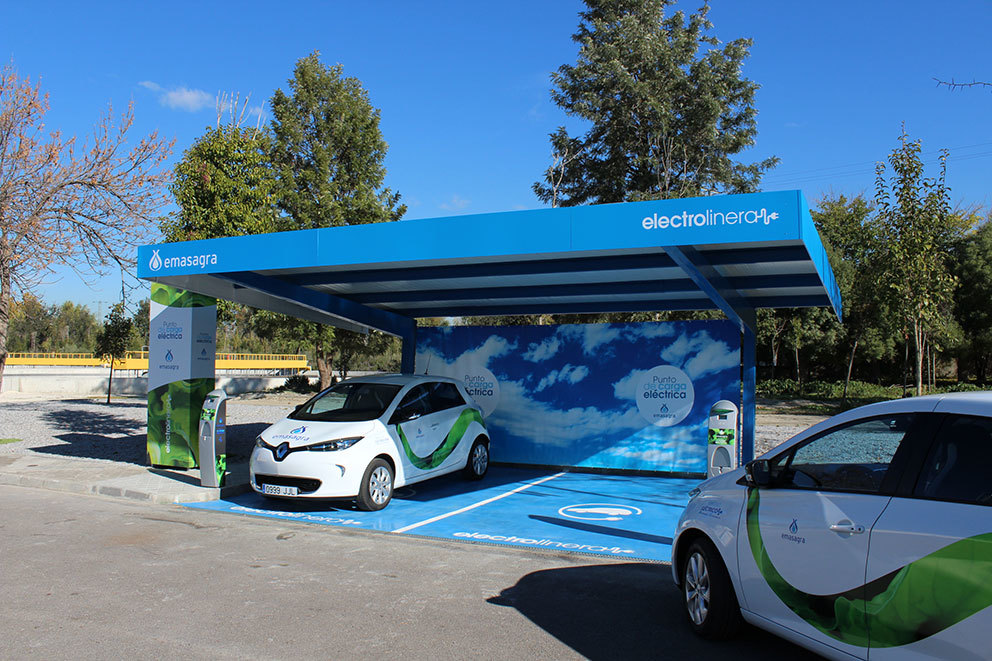BY UE STUDIO
Updated Thursday, 18 November 2021- 17:57
Share on Facebook
Share on Twitter
Send by email
For twenty years, the United Nations Organization celebrates the World Sanitation Day, that is, of the Toilet, annually on November 19.
The World Toilet Organization ensures that the toilet is given its true importance.
Millions of lives are saved every day thanks to the existence of this invention, which prevents the transmission of diseases and cooperates with the health of spaces.
Under the slogan
Who care about toilets
?, this global organization claims that more than 3.6 billion people today lack access to safely managed sanitation systems. This data, reported by the WHO and UNICEF in 2020, in their study
Joint Monitoring Program for Watter Supply, Sanitation and Hygiene
, means that almost half of the world's population does not have an appropriate sanitation system, although this percentage has decreased from 53% to 46% since 2016.
The pace is slow and despite constituting Sustainable Development Goal number 6, Water and Sanitation for all, it is estimated that by 2030 only 67% of implementation will have been achieved in the world. The director of the World Health Organization (WHO), Dr. Tedros Adhanom Ghebreyesus, recalls that "investments in water, sanitation and hygiene must be a global priority if we want to end this pandemic and create more resilient health systems" .
Indeed, the use of a sustainable sanitation system, and a network that provides clean water to wash hands, contributes greatly to maintaining health security and slowing the spread of infectious diseases such as COVID-19, cholera and typhoid fever.
Climate change, with the floods and droughts that it brings, and changes in sea levels, represents a structural attack on these pipelines and treatment systems.
La Farfana Biofactory, in Chile.
It is where the biofactories model was created and which received the United Nations award for the best global innovation to tackle climate change.
Public-private investment is presented as a key element in preserving the quality of these networks.
The Agbar group, specialized in the integral management of the water cycle, is committed to this cause.
In 2020, it treated 1,062.9 hm3, that is, some 350,000 Olympic swimming pools, in the 793 treatment plants that it has throughout Spain.
Its management model combines three key objectives: to regenerate the treated water in the plant, to revalue the waste generated and to do all this with a zero energy balance.
In other words, the plant produces the energy with which it is self-sufficient, but also generates energy for the company's electric fleet, and if there is a surplus, it is injected into the electricity grid.
This model marks the advance from the traditional treatment plant to the new biofactory.
It represents a step in the evolution of water treatment and has been internationally recognized with the United Nations Award for the best global innovation on climate change, in 2018, collected by the pioneering company that operates in Chile, Aguas Andinas.
Agbar has a wide presence in Spain, but two examples are indicative of the size of its potential.
On the one hand, the
South Granada biofactory
, which has managed to reuse practically 100% of the treated water for the irrigation of woody crops;
transform almost all the waste into fertilizers, and self-supply enough electricity for some months of the year.
It is a shining example of a circular economy.
Detail of the South Biofactory of Granada, of the so-called "electrolineras", where the energy used in the same plant is used to recharge electric vehicles.
On the other hand, the
Baix Llobregat biofactory
in Barcelona, which not only constitutes one of the largest and most advanced water treatment plants in Europe, but also includes one of the most important regeneration stations in the world.
So much water regenerates (more than 100,000 million liters per year) that it could fill 36,500 Olympic swimming pools, and the quality of these waters is so high that it is possible to infiltrate them into the Llobregat aquifer to face episodes of saline intrusion.
The regeneration of wastewater in a new resource with sufficient quality is already a requirement.
The scarcity of resources, exploited with intensity, makes a circular management essential that leads to the reuse of treated water for irrigation, urban cleaning and industrial production, among other uses.
The Spanish Association of Water Supply and Sanitation (AEAS) estimates that only 10% of the treated water in Spain is later reused.
It is a very low figure for the entire amount involved.
Awareness in organizations in this sense is as important as that addressed to citizens in their personal waste management.
Hygienic wipes, swabs, medicines and make-up removal discs, among others, pose a threat to household pipes, in the first instance, but also to sewage structures and treatment plants, which become saturated and blocked, causing failures in the operation of the entire system.
KEY OBJECTIVES
Agbar's management model combines three key objectives: to regenerate the treated water in the plant, to revalue the waste generated and to do all this with a zero energy balance.
In other words, the plant produces the energy with which it is self-sufficient, but also generates energy for the company's electric fleet, and if there is a surplus, it is injected into the electricity grid.
Made by UE Studio
This text has been developed by UE Studio, creative firm of branded content and content marketing of Unidad Editorial, for AGBAR.
According to the criteria of The Trust Project
Know more

